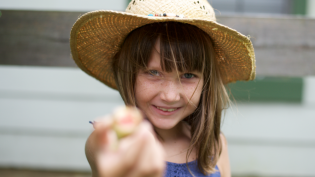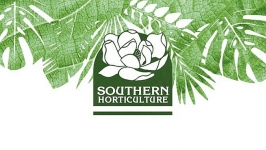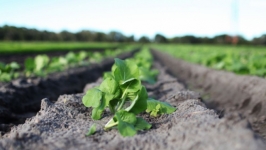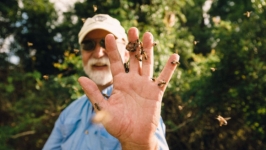Gardening for Beginners
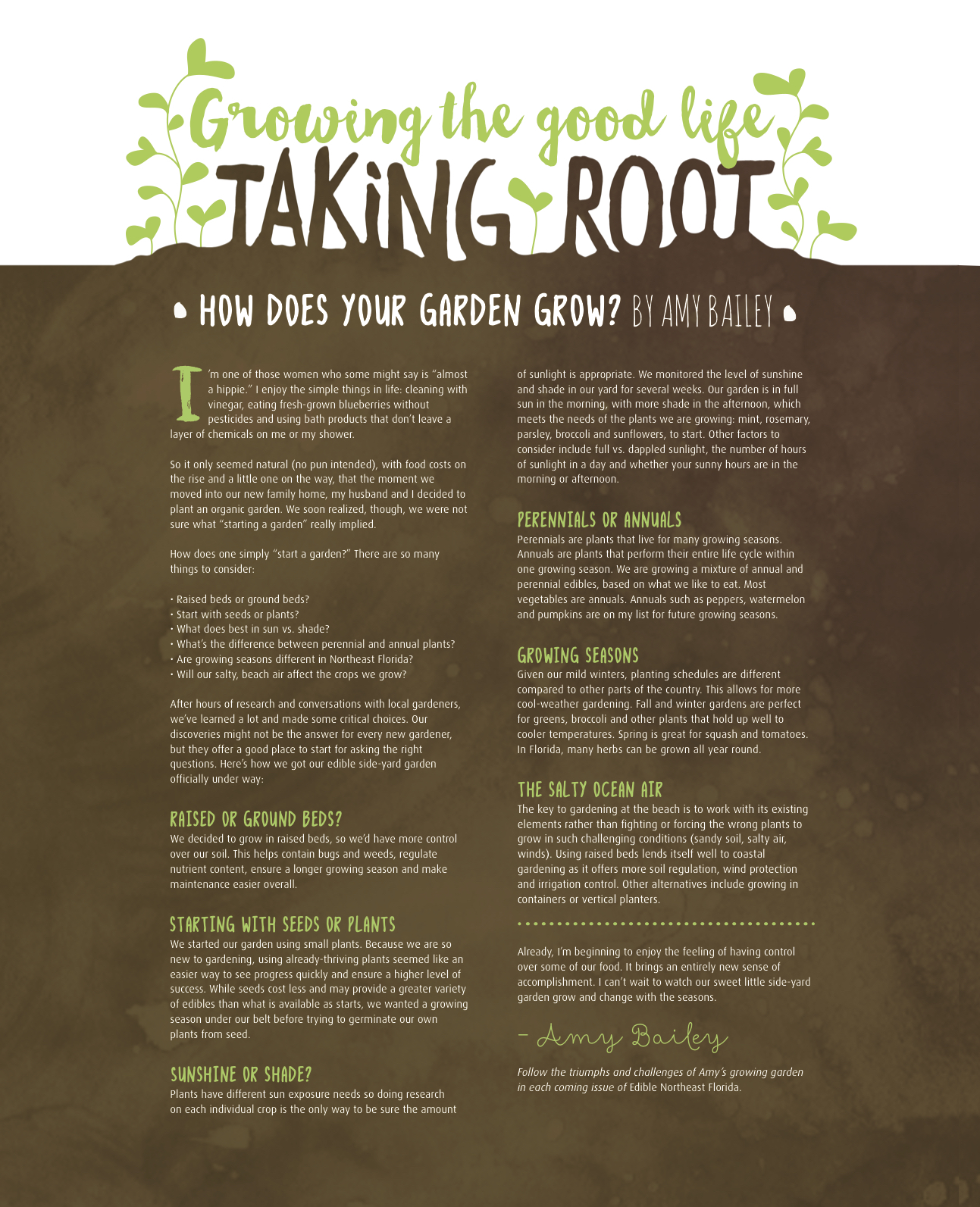
I’m one of those women who some might say is “almost a hippie.” I enjoy the simple things in life: cleaning with vinegar, eating fresh-grown blueberries without pesticides and using bath products that don’t leave a layer of chemicals on me or my shower.
So it only seemed natural (no pun intended), with food costs on the rise and a little one on the way, that the moment we moved into our new family home, my husband and I decided to plant an organic garden. We soon realized, though, we were not sure what “starting a garden” really implied.
How does one simply “start a garden?” There are so many things to consider:
• Raised beds or ground beds?
• Start with seeds or plants?
• What does best in sun vs. shade?
• What’s the difference between perennial and annual plants?
• Are growing seasons different in Northeast Florida?
• Will our salty, beach air affect the crops we grow?
After hours of research and conversations with local gardeners, we’ve learned a lot and made some critical choices. Our discoveries might not be the answer for every new gardener, but they offer a good place to start for asking the right questions. Here’s how we got our edible side-yard garden officially under way:
RAISED OR GROUND BEDS
We decided to grow in raised beds, so we’d have more control over our soil. This helps contain bugs and weeds, regulate nutrient content, ensure a longer growing season and make maintenance easier overall.
STARTING WITH SEEDS OR PLANTS
We started our garden using small plants. Because we are so new to gardening, using already-thriving plants seemed like an easier way to see progress quickly and ensure a higher level of success. While seeds cost less and may provide a greater variety of edibles than what is available as starts, we wanted a growing season under our belt before trying to germinate our own plants from seed.
SUNSHINE OR SHADE
Plants have different sun exposure needs so doing research on each individual crop is the only way to be sure the amount of sunlight is appropriate. We monitored the level of sunshine and shade in our yard for several weeks. Our garden is in full sun in the morning, with more shade in the afternoon, which meets the needs of the plants we are growing: mint, rosemary, parsley, broccoli and sunflowers, to start. Other factors to consider include full vs. dappled sunlight, the number of hours of sunlight in a day and whether your sunny hours are in the morning or afternoon.
PERENNIALS OR ANNUALS
Perennials are plants that live for many growing seasons. Annuals are plants that perform their entire life cycle within one growing season. We are growing a mixture of annual and perennial edibles, based on what we like to eat. Most vegetables are annuals. Annuals such as peppers, watermelon and pumpkins are on my list for future growing seasons.
GROWING SEASONS
Given our mild winters, planting schedules are different compared to other parts of the country. This allows for more cool-weather gardening. Fall and winter gardens are perfect for greens, broccoli and other plants that hold up well to cooler temperatures. Spring is great for squash and tomatoes. In Florida, many herbs can be grown all year round.
THE SALTY OCEAN AIR
The key to gardening at the beach is to work with its existing elements rather than fighting or forcing the wrong plants to grow in such challenging conditions (sandy soil, salty air, winds). Using raised beds lends itself well to coastal gardening as it offers more soil regulation, wind protection and irrigation control. Other alternatives include growing in containers or vertical planters.
Already, I’m beginning to enjoy the feeling of having control over some of our food. It brings an entirely new sense of accomplishment. I can’t wait to watch our sweet little side-yard garden grow and change with the seasons.


